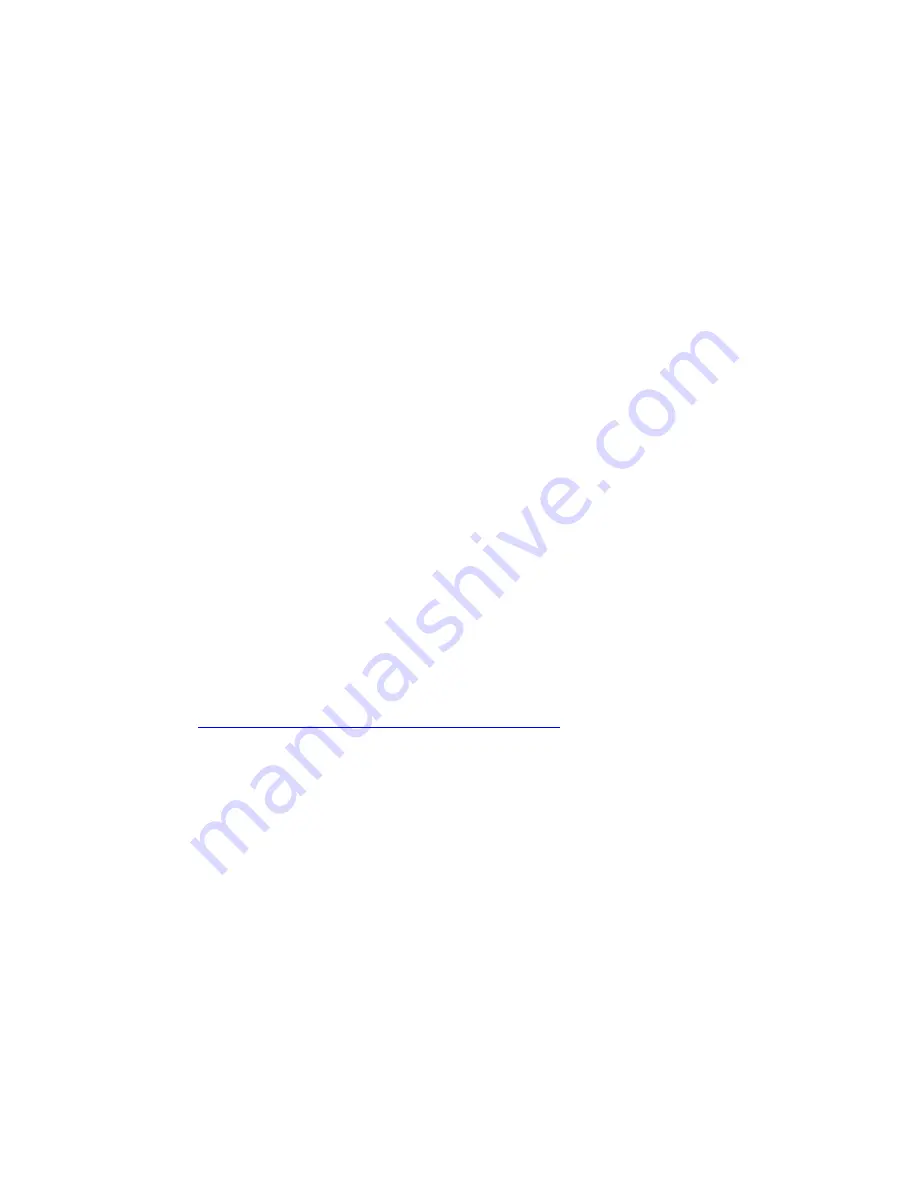
27
If the embosser is indicating a paper jam, turn the embosser off.
Open the housing lid and check for paper inside. If there is paper present, in most cases it
can be removed simply by pulling on one end of the paper.
If the paper jam can not be cleared by pulling on one end of the paper, unplug the embosser
from the wall, then open the paper cleanout under the housing lid. To do this, locate the
flat, silver knobs toward the back of the embosser on the left and right (they are attached
to green metal parts). Twist the flat knobs counter-clockwise until the cleanout pops up
slightly. Then rotate the cleanout towards the front of the printer. With the cleanout open,
try to free the paper.
Once the paper jam is clear, close and latch down the cleanout (if opened), close the
housing lid and plug the embosser back in (if unplugged).
Turn on the embosser, and then reprint the document.
VII. Braille, Translation and Printing
A. ViewPlus Tiger Software Suite
Within MS Office Word, and Excel the ViewPlus Tiger Software Suite (TSS) provides direct tools
for text to Braille translation in numerous languages and contraction grades. TSS includes easy
translation of charts and graphs in MS Excel and provides further tools to easily create and edit
tactile graphics originating from other Windows applications.
Please visit
https://viewplus.com/product/tiger-software-suite/
to find further information about
the ViewPlus Tiger Software Suite solutions, including the TSS user manual.
B. Fonts
Braille and Tiger screen fonts are braille fonts that install with the installation of the ViewPlus
embosser driver. They can be chosen from any Windows program that includes Windows font
selection. Braille and Tiger screen fonts appear as standard text characters on the screen and print
as braille dot patterns. When applying these fonts, each print character is converted to one braille
character that corresponds to the ASCII code of that print character. There will be no contractions,
or translation of symbols in the braille output.
It is very important to use the correct font size for the correct dot spacing to be printed for braille
fonts. For 8 dot braille fonts, like 'Computer' Braille, the point size needs to be set to 43. Other
braille fonts, indicated through a '29' in their font name, need to be set to point size 29.


















